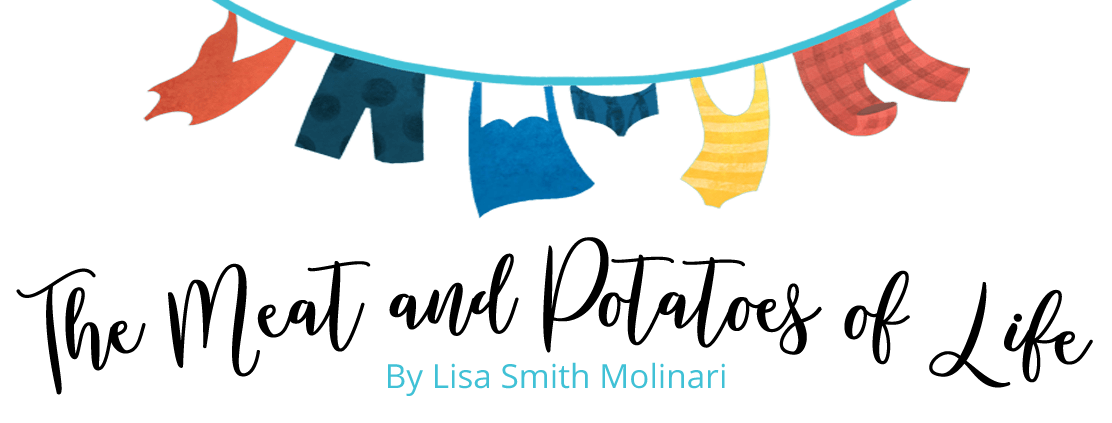
Last week, news broke that the US government’s Dietary Guidelines Advisory Committee found that cholesterol in the diet is no longer considered to be a “nutrient of concern.”So, after 40 years of being told that we should avoid eggs, bacon and cheese, we can now belly up to nice big omelet without worrying that it’ll clog our arteries.
This recent flip in the government’s nutrition recommendations follows the USDA scrapping its long-standing Food Pyramid in 2011, and replacing it with the simplified “My Plate” graphic (choosemyplate.gov). This change was made in the face of overwhelming research indicating that the low-fat trend that started in the 1970s contributed significantly to the diabetes and obesity epidemics in the US. The My Plate guidelines still advocate a diet low in cholesterol; however, it is expected that the USDA will soon remove this admonition based on the Advisory Committee’s report.
Although the My Plate daily allowances of 50% vegetables and fruit, 30% grains, and 20% protein are still being criticized as skewed to appease agricultural industry lobbyists, they are considered a vast improvement over the outdated Food Pyramid advice to use fat “sparingly” and eat “6 to 11 servings of bread, cereal, rice and pasta” daily.
Personally, I feel vindicated.
As a frequent low-carb dieter, I have always felt a twinge of embarrassment in the commissary check out line, while heaping eggs, bacon, cheese, pork rinds, and mayonnaise onto the belt. Over the years, many of my military spouse friends looked at me with a judgmental grimace and said, “You’re not doing that Adkins diet again, are you?”
Sometimes I’d lie and tell them, “Oh, heck no, I’m doing a much healthier diet that’s low in fat.”Little did they know, I was shoveling nuts, spearing olives, slicing steaks, and slathering cream cheese to my heart’s content (pun intended).
The first time I discovered low-carb diets was in 1999 while stationed in Norfolk, and although it seemed counter-intuitive to count carbs rather than fat, I decided to give it a shot.
A couple of weeks into the diet, I had eaten more eggs than Cool Hand Luke and was five pounds of toxin-flushing water weight down. Other than nagging constipation and debilitating fatigue, I felt fabulous, and continued fibbing to my military spouse friends until I’d lost 20 pounds and some change.
However, I am a chronic yo-yo dieter with a deeply-ingrained feast-or-famine mentality. So, as soon as a holiday or special occasion rolls around, I fall off the low-carb cliff into an abyss of gluttony. When I finally emerge from the splurge, I use the lull between special occasions to diet again.
Now that the plastic-beaded debauchery of Fat Tuesday is behind me, Lent is an opportune time for me to sacrifice some carbs again. I just hope that when Easter rolls around, I won’t fall off the wagon and find myself gobbling a pound each of ham, scalloped potatoes and chocolate in one sitting.
I always feel guilty about cheating on my low-carb diet, but now, thanks to the new nutrition guidelines, at least I no longer have to feel guilty about my low-carb diet itself.
Omelets anyone?










Yet more proof that government doesn’t always know what it’s talking about.
Great post, Lisa. I’ve found the best diet, not that I’m following it now, is: eat what you want just not all that you want. Winter seems to be lasting forever this year. Being stuck inside seems to urge me to eat things I should have on my “once a week” list.
A really helpful post. Bring on the mayo and sharp cheddar. Thank you, John